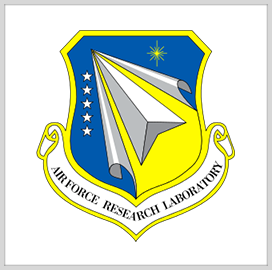The General Services Administration (GSA) has awarded Brillient a One Acquisition Solution for Integrated Services (OASIS) Unrestricted Pool 4 contract, the company recently reported. OASIS, a Best-In-Class (BIC) contract, will enable federal agencies and other entities to procure complex professional services.
Task orders awarded under the multiple award, Indefinite Delivery Indefinite Quantity (IDIQ) contract include Research and Development (R&D) in the Physical, Engineering and Life Sciences as well as in Biotechnology. OASIS is a preferred government-wide contract vehicle that is pre-vetted to meet criteria for management maturity and data sharing.

“This unrestricted award of OASIS Pool 4 is the culmination of our team’s efforts toward obtaining a Best-in-Class contract vehicle and being a premier provider of R&D solutions for the US Government,” said Paul Strasser, CEO of Brillient.
Brillient has developed innovative solutions, leveraging emerging technologies, to support critical missions. GSA’s OASIS will enable Brillient to provide a Government-preferred BIC contract for its federal clients.
The award follows Brillient’s recent single-award, $112 million blanket purchase agreement (BPA) from the Department of Agriculture (USDA) to provide a comprehensive digital records management system for the USDA’s Farm Production and Conservation mission area.
Brillient secured the BPA in July 2020, and will work to support FPAC by replacing manual paper-based business processes with a full lifecycle, NARA-compliant electronic records management system.
The company will support the digitization of paper-based records, personnel training, cultural and business process changes, a secure, extensible digital records management system and a comprehensive electronic records management program.
About Brillient
Brillient is an award-winning Solutions Engineering company focused on Digital Transformation, Intelligent Automation, and Business Process Management, which aids government clients achieve improved efficiencies and lower costs in their digital government and IT modernization initiatives.







